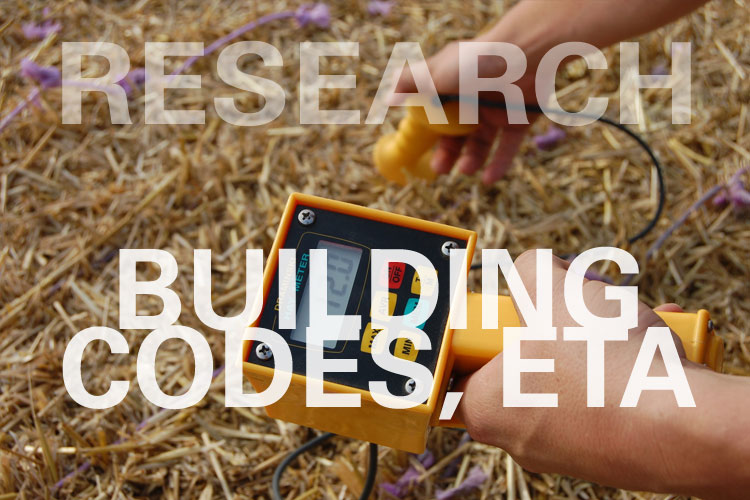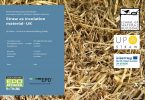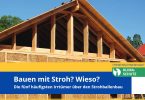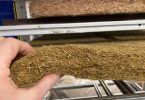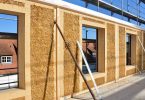
EN This straw building guideline summarises the experience and knowledge of straw builders in Germany. It has been compiled by experts and members of the Fachverband Strohballenbau Deutschland e. V. (FASBA) for current and future participants in the construction of of straw-insulated buildings. Its aim is to provide them with a clear, secure set of rules and thus to set a quality standard for building with straw. It does not currently have the status of a recognised rule of technology.
The straw building guideline largely relates to constructions in which straw bales are used as a are used as infill, non-pressurised thermal insulation material. Here are numerous practically proven straw-insulated constructions are named as proven and can be easily approvable. Other applications are also briefly mentioned.
The straw building guideline was issued in 2014 and revised for the first time in 2019. The following was updated the conversion of the general building approval for building straw to a European Technical a European Technical Assessment, a small chapter on the sustainability of straw bale construction and minor textual corrections and improvements were made.
Currently (2019), an estimated 450 straw-insulated buildings have been built in Germany. There are good reasons to build significantly more with straw in the future, first and foremost the excellent ecological balance of straw-insulated buildings.
DE Diese Strohbaurichtlinie fasst die Erfahrungen und das Wissen der Strohbauakteure in Deutschland zusammen. Sie ist von Fachleuten und Mitgliedern des Fachverband Strohballenbau Deutschland e. V. (FASBA) für bisherige und zukünftige Beteiligte am Bau strohgedämmter Gebäude formuliert. Ihr Ziel ist es, diesen ein klares, abgesichertes Regelwerk an die Hand zu geben und damit für das Bauen mit Stroh einen Qualitätsstandard zu setzen. Es hat derzeit nicht den Rang einer anerkannten Regel der Technik.
Die Strohbaurichtlinie bezieht sich weitestgehend auf Konstruktionen, bei denen Strohballen als ausfachender, nicht druckbelasteter Wärmedämmstoff verwendet werden. Hier sind zahlreiche praktisch bewährte strohgedämmte Konstruktionen als nachgewiesen benannt und einfach genehmigungsfähig. Anderweitige Anwendungen werden daneben kurz angeführt.
2014 wurde die Strohbaurichtlinie aufgelegt und 2019 erstmals überarbeitet. Aktualisiert wurde die Umstellung der allgemeinen bauaufsichtlichen Zulassung für Baustroh auf eine Europäische Technische Bewertung, ein kleines Kapitel zu Nachhaltigkeit des Strohballenbaus eingefügt und kleinere textliche Korrekturen und Verbesserungen vorgenommen.
Derzeit (2019) sind in Deutschland schätzungsweise 450 strohgedämmte Gebäude errichtet worden. Es gibt gute Gründe, zukünftig deutlich mehr mit Stroh zu bauen, allen voran die hervorragende Ökobilanz strohgedämmter Gebäude.
Editor: FASBA: Benedikt Kaesberg (Redaktion), Dirk Scharmer (fachliche Begleitung), Britta Imhoff (Vorstand), Benediktinerabtei Plankstetten (überarbeitete Fassung)
English version: Barbara Jones (proof reading)
Link: Strohbaurichtlinie (DE)
Link: Straw Building Guideline (EN)

